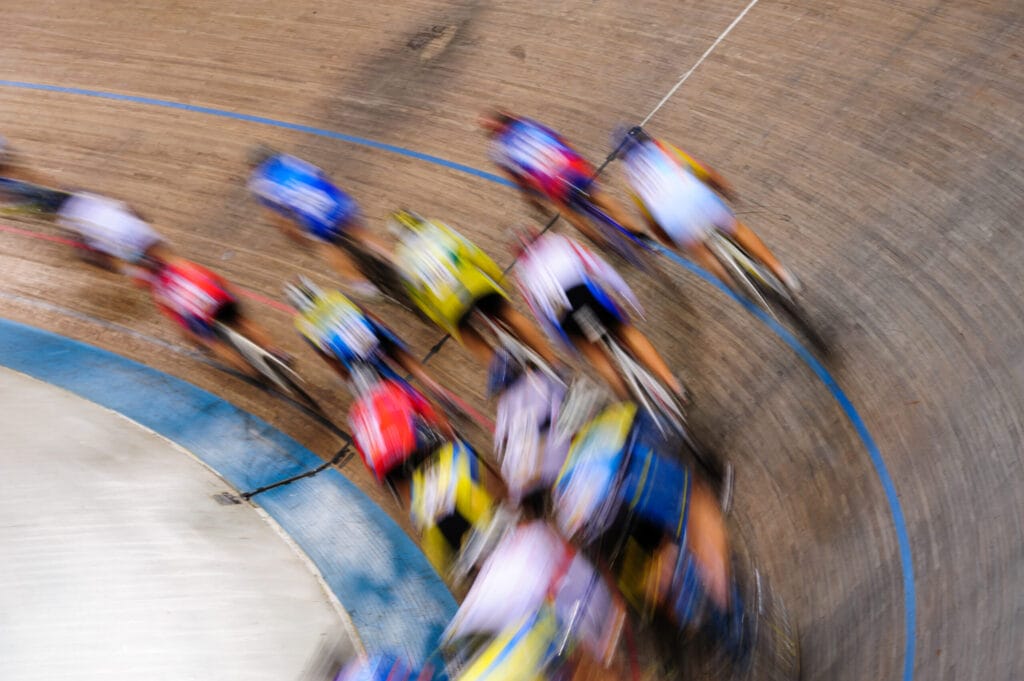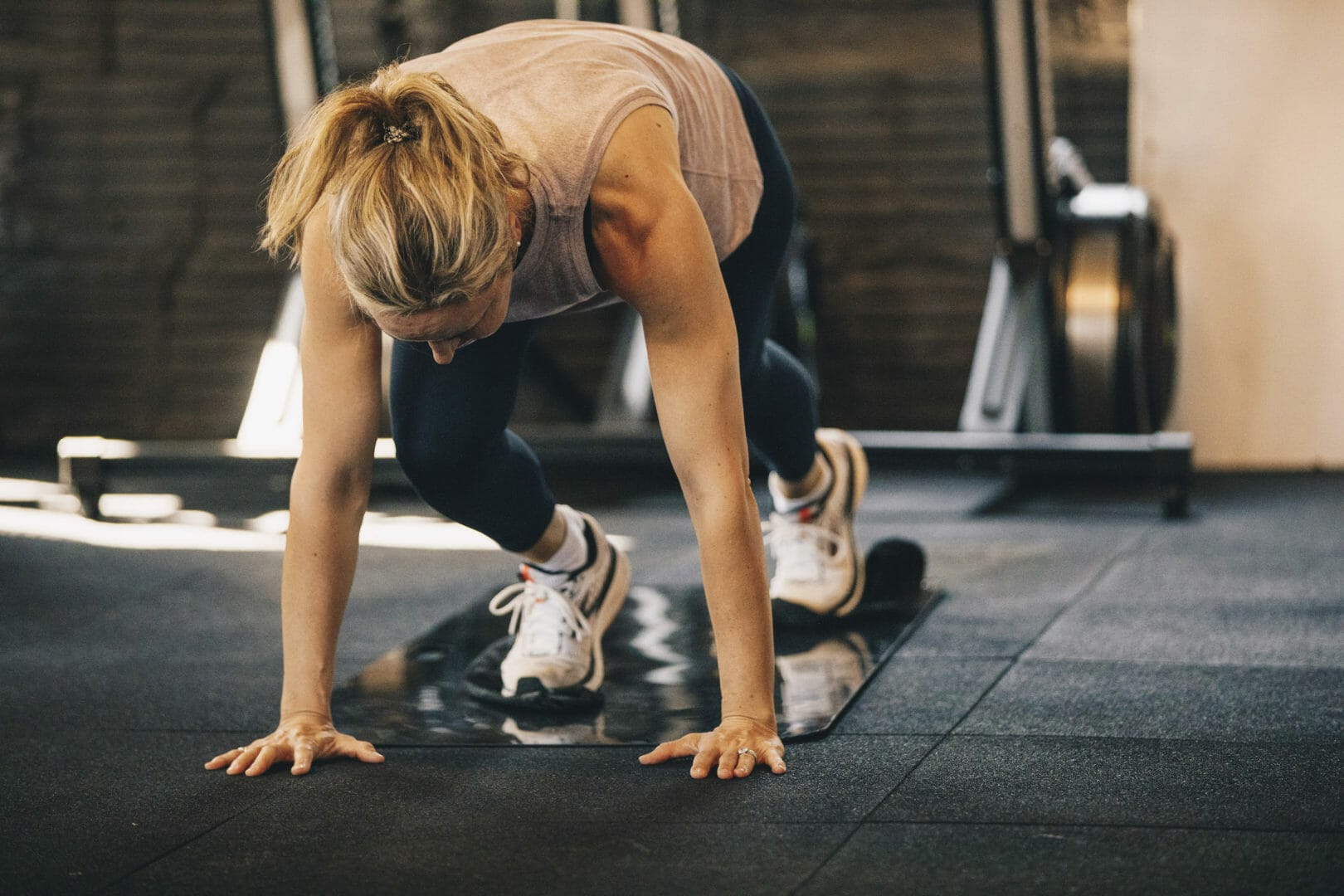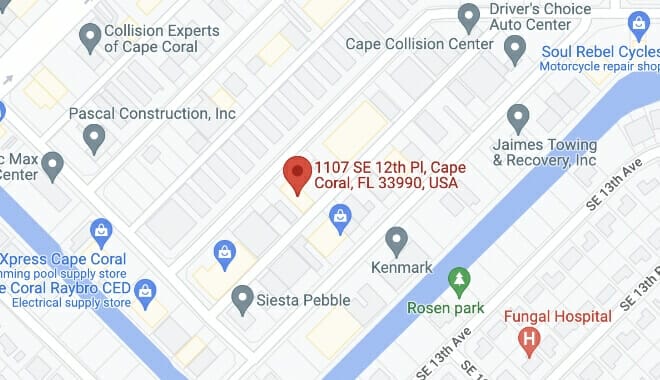Track cycling has very unique characteristics that are factored into each bicycle; they have only one fixed gear and no brakes. Most would either cringe or be euphoric after hearing there are races to watch with bikes and no braking system. It’s not as big of a deal once you learn nobody has brakes; so, there won’t be any sudden stops by any riders to start the interstate pileup.
A rider has two essential ways of slowing down while on the track; abandoning the slipstream of the rider they are following will help decelerate a rider down by a small amount. But the second, and more effective, way to slow down a fixed-gear bicycle on a track, is to move up the track’s banking. Like any short, steep “hill,” riding up the steep banking of a track will slow down the rider.
The nice thing about going “up track” to lose speed is that the rider can get that speed back later by moving back down again – at a strategically beneficial time.
Racing on a track with the same regulated bicycles with no brakes is of very little significance. Because no one on the track has brakes, no one can suddenly slow.
This uniformity, along with the closed and protected course, makes it a safe environment. The velodrome (or cycling track) has steep banks towards the edges of the track.
Center of gravity and the speed of the bicycle dictate how well you will remain in control. Being able to control the bicycle at slower speeds can dramatically increase how you become one with the bicycle through feel. Riding faster causes the center of gravity to be pulled away from the surface your wheels are on.
Centrifugal force pulls you outward when riding around the track. The slower you go, the more the center of gravity is at the surface, making it a different feel for control of the bicycle. Because gravity and force change when riding at high speeds into the straights and bends of the velodrome, we need to be able to adjust our center of gravity fast and skilfully to resist this force.
We also need to adjust our center of gravity to maintain smooth transitions, safely maintain your riding line, and prevent drifting in and out of the sprint lane. Drifting in and out of the sprint lane can add more time in your time trial, and also lead to placing other riders around you at risk of colliding.




